Welcome new readers of RMP’s quarterly H2 infrastructure report. Each quarter we look back on the major stories related to hydrogen infrastructure advancements and we compare the current AFDC database to the AFDC database in the prior quarter to see what has changed. The AFDC database is updated by the US Dept of Energy & can be found by clicking here. Canada has just added a brand new data repository for hydrogen stations this quarter. The Canadian website is administered by Natural Resources Canada. RMP will continue to use the US Department of Energy database as our primary data source as we learn more about the new Canadian database.
For years now, most of RMP’s quarterly reports on hydrogen infrastructure in the USA have been focused on California. The activity in California continues to move forward as seven stations are slated to come online in Q3 & Q4 with 1,200kg capacities, thus doubling the amount of fueling capability in California in one fell swoop over the next half year or so. RMP looks forward writing more about that story in 2020-Q3 as it develops. But, the story this quarter is a different one because something new is happening: hydrogen infrastructure outside of California is really picking up.
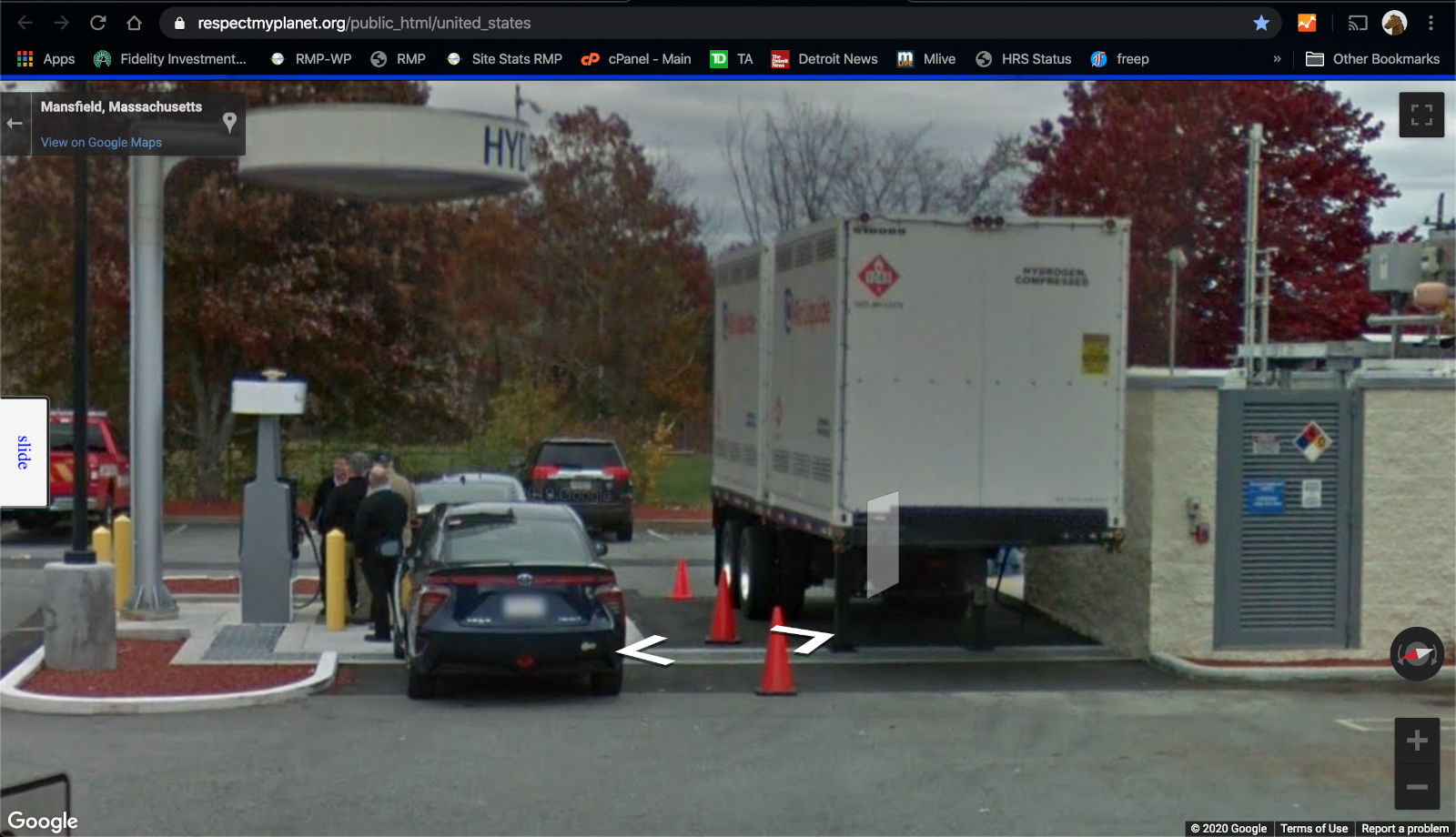
RMP adds (and subtracts) stations on our map of all hydrogen refueling stations in North America based on mirroring the AFDC database. Something developing on the map is that more stations are built now outside of California: on the East Coast of the USA & on both coasts of Canada. RMP is now showing seven new Air Liquide stations on the USA East Coast and nine new stations in Canada. Those numbers showing hydrogen refueling infrastructure taking a toehold in key demographics for futher adoption & growth. Let’s first examine what’s happening on the eastern seaboard of the USA.
Air Liquide is the major player driving this sprouting growth on the East Coast of the USA. When we actually look to our eastern seaboard we can find a bunch of new hydrogen stations commissioning thanks to Air Liquide. We now have four stations in Massachusetts, two of which are brand new Air Liquide stations: Braintree & Mansfield. Connecticut goes up to a total of three stations with a brand new station commissioning in Hartford. Rhode Island gets a new Air Liquide station in Providence. The big gainer, though, is New York. New York sees the biggest increase from last quarter with one new Air Liquide station commissioning in Hempstead NY and two more New York locations registered as planned on the database: Air Liquide-Bronx and Air Liquide-Farmingville.
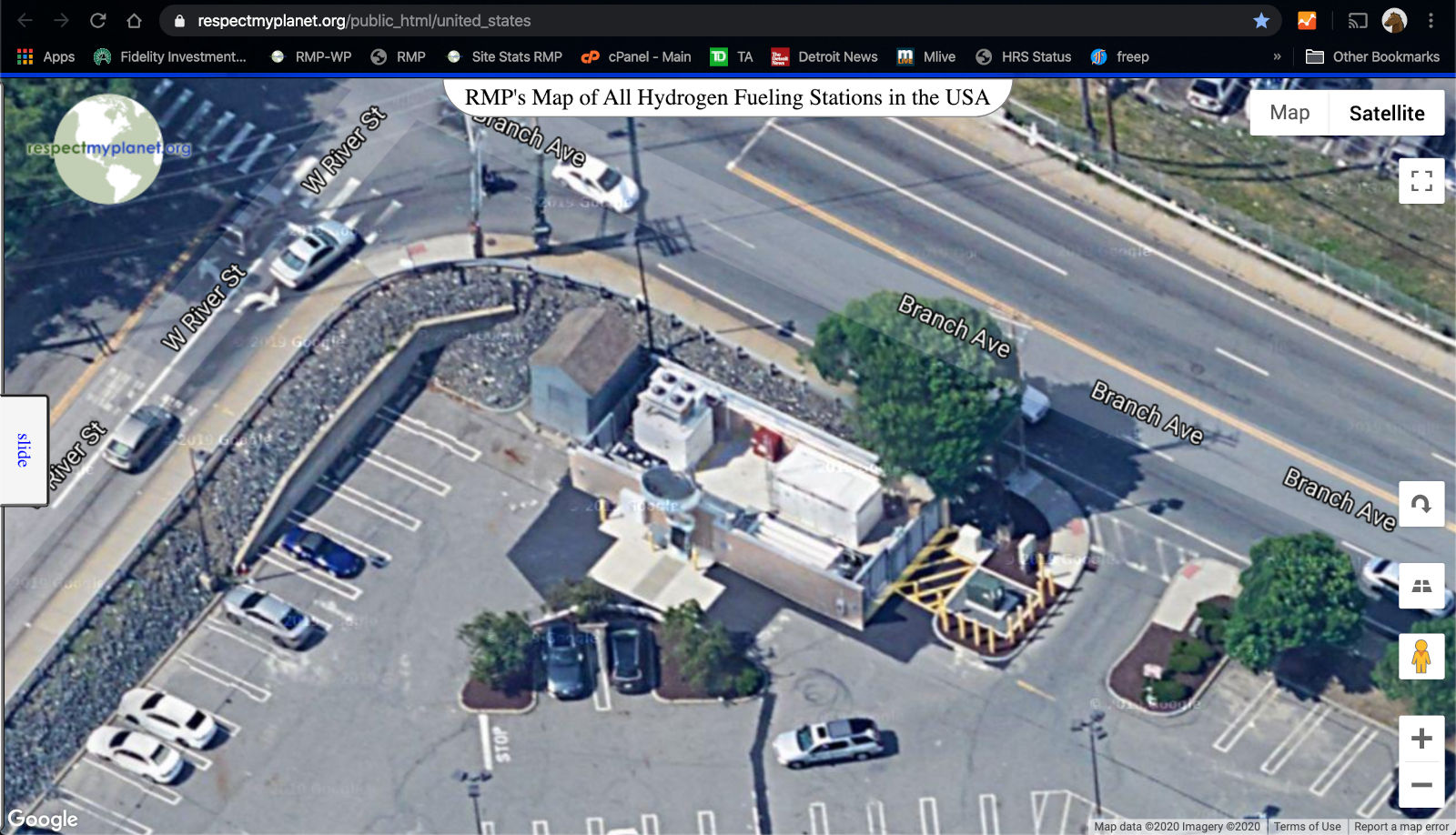
These East Coast stations are all authenticated. These aren’t just rows on a spreadsheet any more. That’s what makes putting these stations on a real Google map so much fun, you can zoom down to street level & actually see the stations & hydrogen fuel cell vehicles refueling so you know they’re really there.
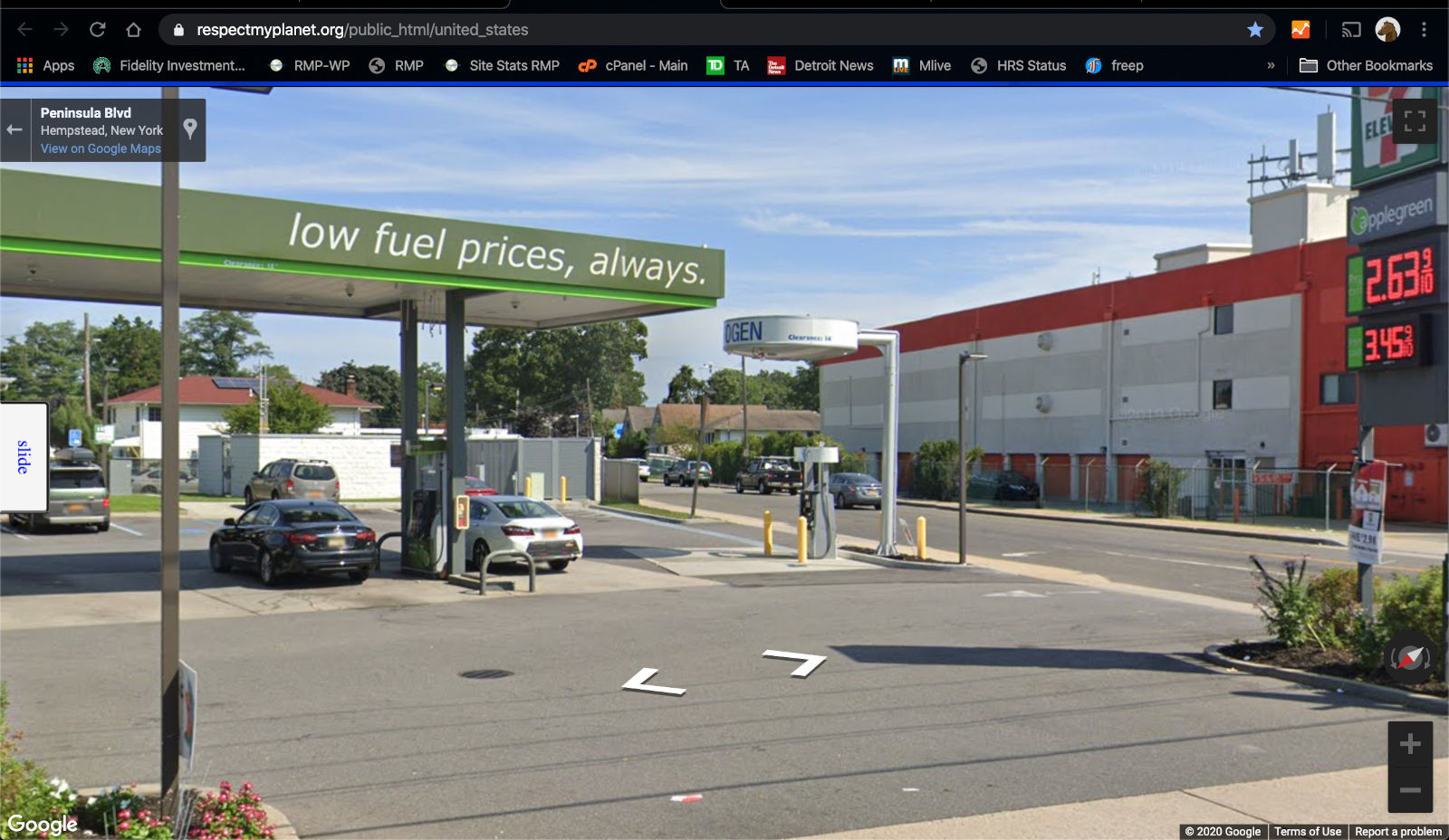
Now that we see stations starting to proliferate on the East Coast of the USA we notice something different than what we see in California: a network of connected stations with different state governing bodies. Different governors, legislatures, departments of transportation, et Al working together. This is really something because California paved the way for other states to start adopting similar safety standards, SAE accepted fueling standards, and hydrogen zoning standards to really get to work. Other states like Ohio, near RMP’s home base in Michigan, are starting to build some impressive private liquid hydrogen refueling stations for busses too.
And what about our friendly neighbors to the north? RMP also added 8 new stations to our map in Canada between last quarter and this quarter. In fact, just this past week we learned of a brand new station opening in British Columbia. Molly Burgess at H2 View just posted an article that an Esso hydrogen station in Vancouver just opened bringing RMP’s Canadian station total up to 9 stations before the 6/30/2020 cut-off for this report.
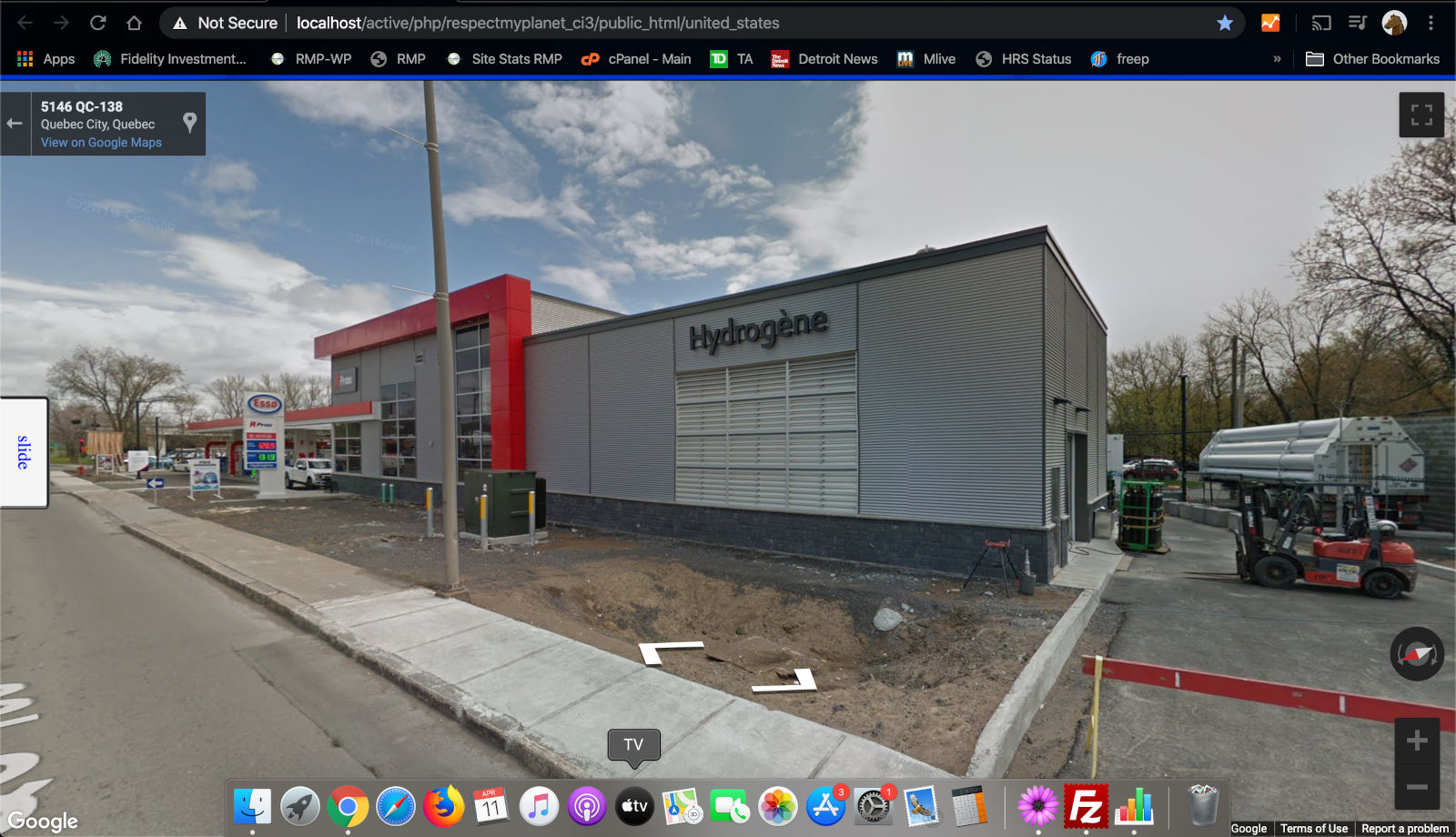
New York shares a length of border with Canada and there are now two planned Shell stations between Montreal & Ottawa that are not very far from Syracuse, New York. The Hydrogenics HQ station in Toronto is not very far from Buffalo, NY either. Plug Power who was very active this past quarter is also bringing hydrogen manufacturing to the old Kodak Park facility in Rochester NY which is not that far from the Canadian border on the south shore of Lake Ontario. The stations taking root in Canada are helping to bring the USA’s East Coast hydrogen refueling coverage from the south end at Air Liquide’s headquarters in Newark, Delaware all the way up to Quebec City in the north. From Quebec City in the northeast, there is a patchwork of stations forming all the way back to Detroit in the west. If you go from Detroit in the northwest down as far south as Ohio and east through Pennsylvania, the USA has hydrogen coverage developing from the Great Lakes to the Statue of Liberty.
And, if all the states I just mentioned are showing they can get it done in the east, you know it won’t be long before Oregon & Washington get it going in the West. If Oregon & Washington get something going, you’ll be able to drive from San Diego California all the way to Vancouver, British Columbia. That will be cool and I would buy a plane ticket just to rent a Mirai to do that zero emissions drive. Pretty cool to think how far we’ve come in just five short years since RMP wrote our first blog post in 2015 that talked about what we thought was going to be happening by 2020. It’s 2020 and RMP predictions are starting to take a real foothold as envisioned. More and more people are learning that one simple thing about hydrogen that RMP has known all along: hydrogen just works economically. Those are the two big stories for 2020-Q2, now let’s get into the data.
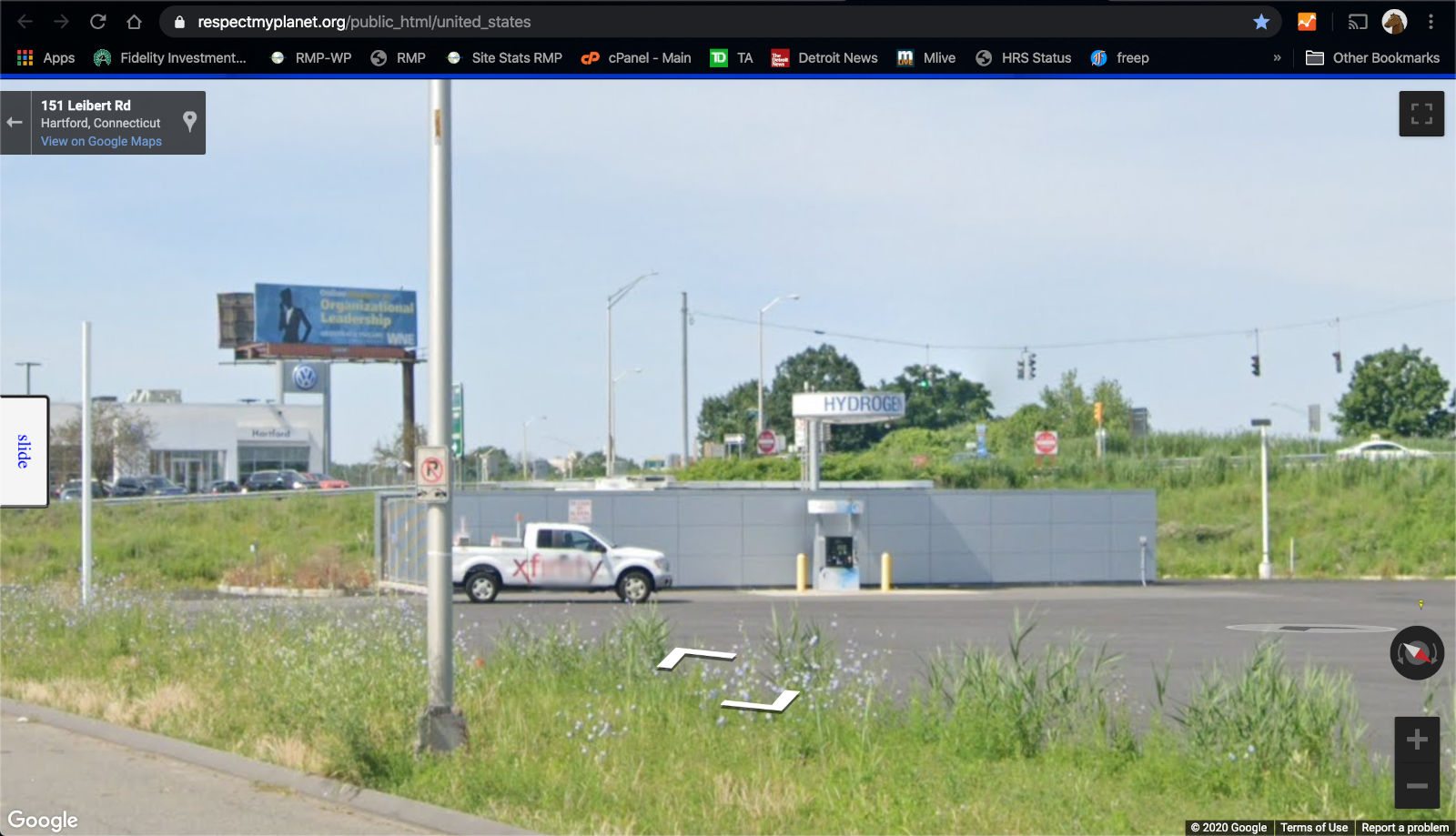
Let’s look at the data updates from 2020 Q2:
Several stations on the database had their planned opening dates change by three months or one quarter. This is normal for most businesses across the country as we see drastic changes in how we operate as a country while dealing with the COVID-19 virus pandemic. The “big” 1,200 kilogram stations in California are still on pace to open in 2020. The big station in Fountain Valley California is already commissioning so it’s very close to opening to the public. The big stations at Sunnyvale, Campbell, and Mission Hill should open to the public in Q3 or Q4. The big stations in San Diego, Redwood City, Concord, and Culver City are most in jeopardy of slipping into 2021.
The big addition to the database that doesn’t seem to get reported in other publications are the two New York stations registered in the AFDC database that will be built by Air Liquide. Air Liquide is getting a reputation of just getting things done quietly right now while others talk about getting things done in the future. Air Liquide registered a planned station for The Bronx in New York City and a station in Farmingville on Long Island. Based on Air Liquide’s track record, these hydrogen refueling stations in New York City will built on time & commissioning in 2021.
New H2 Stations That Opened To The Public 2020 Q2:
The only station opening to the public in Q2-2020 is the Esso station in Vancouver reported by H2 View’s Molly Burgess. This section of RMP’s report is not that busy this quarter but Q3 is expected to be a big quarter for station openings. Woodside, the Burbank upgrade, Berkely, Sherman Oaks, & Fountain Valley will probably open in Q3. Those are not just stations opening, those are next generation stations with much larger capacities. The reason this is important to note is that we will see vehicle registration numbers go up because of major hydrogen capacity increases. Vehicle production’s only constraint is refueling stations which is why RMP writes this report each quarter to track infrastructure progress.
Hydrogen Vehicle Registration Data:
For vehicle registration data, remember we can only look at data that is one quarter in arrears. Vehicle registration data is tabulated after the quarter ends and then published about two months later. So, for example, data for the quarter ending 3/31/2020 is published in May of 2020. Now that is is June of 2020, the data we look at is for 3/31/2020 and is about a month old. The reason for this is that compiling vehicle registration data takes time & comes from 100s of different sources. IHS Markit is the company that does this data compiling & publishing. Let’s look at the most current vehicle registration for the period ended 3/31/2020.
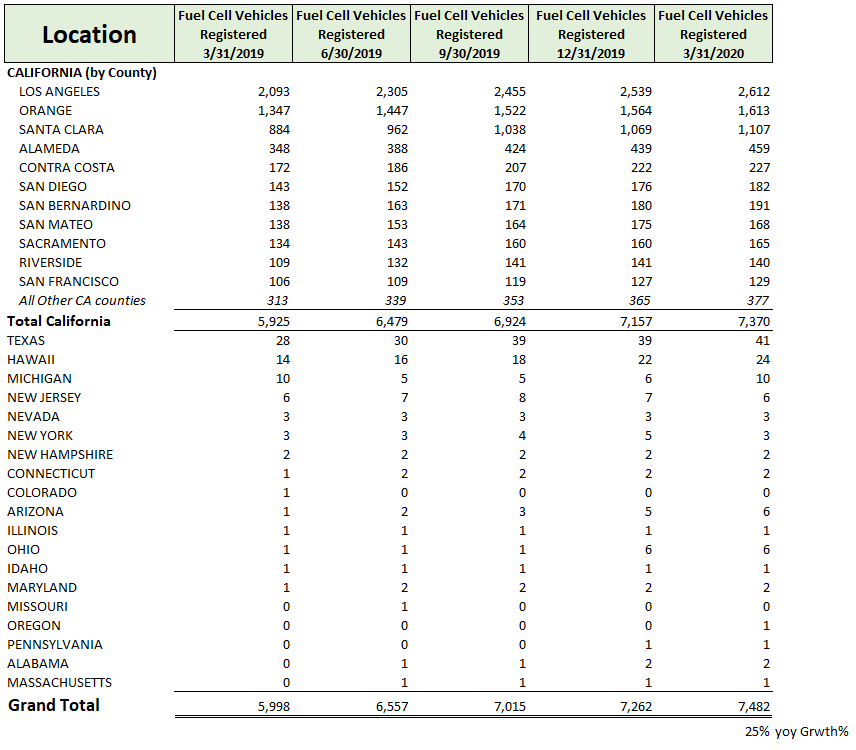
Hydrogen Headline Highlights 2020 Q2
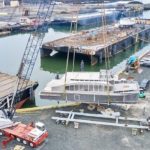
March 27, 2020 – The first hydrogen powered ferry boat was contracted to AAM shipyard in the San Francisco Bay area. The 84 passenger ferry will demonstrate a pathway to zero emission marine vessels. Fuel cells can work anywhere internal combustion engines work. Large marine craft can store liquid organic hydrogen for massive amounts of onboard energy. Click here to read the story.
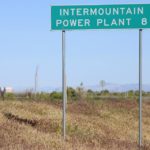
April 8, 2020 – Forbes published an article about the Intermountain Power Project that will bring “Green Hydrogen” to Los Angeles. ‘It’s a ‘ginormous’ battery,’ says Janice Lin with the Green Hydrogen Coalition. “This salt dome formation can store 100,000 mWh — enough storage for the western U.S.” She says it could become nation’s first strategic renewable energy reserve. “. Click here to read the story.
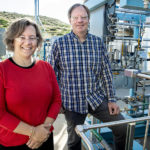
May 1, 2020 – NREL publishes research information on how to get zero emission hydrogen fuel cell Class 8 “big rigs” on the road quicker. The US Department of Energy establishes a target of refueling 8 kilograms of hydrogen per minute by 2030 & 10 kilograms of hydrogen per minute by 2050. Big rigs (like Class 8 trucks & busses) is the most logical start for hydrogen to really proliferate rapidly across the globe. Click here to read the story.
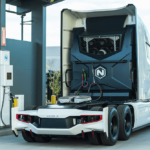
June 3, 2020 – NEL receives $30 million USD purchase order to start building hydrogen fueling stations for Nikola based in Phoenix, Arizona. Nikola has one station at their HQ building in Pheonix, Arizona (pictured left). When Nikola starts registering planned stations on the AFDC database, RMP’s will add them to our map. Click here to read the story.
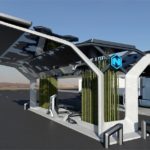
June 4, 2020 – Nikola announces that it has become a public company traded on the NASDAQ. Says the purchase order released to NEL day prior will give Nikola ability to produce 40,000 kilograms of hydrogen per day to refuel Class 8 “big rigs”. Nikola shows off tentative design of massive refueling stations. Click here to read the story.
June 18, 2020 – Keith Malone from the California Fuel Cell Partnership tweets that we can expect announcement of the next round of funding for the next 40 to 50 hydrogen fueling stations in California.
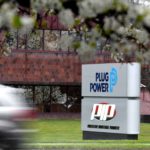
June 24, 2020 – PLUG Power announces acquisition of United Hydrogen to enhance its ability to produce green hydrogen. PLUG says green hydrogen costs expected to drop by 50% by 2030. PLUG raises revenue target to $1.2 billion after acquisition and stock price nearly doubles on the news. PLUG Power is based in Latham, New York. Click here to read the story.
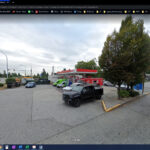
June 25, 2020 – H2 View publishes article saying new hydrogen refueling station in Vancouver British Columbia is now open to the public. Station uses HTEC equipment and is located at Exit 17 of Highway 1 at the 7-Eleven Esso branded station. You can find this station on RMP’s map of all hydrogen refueling stations in the USA & Canada. Click here to read the H2 View story.
Final Remarks for 2020 Q2
After following the AFDC database for so many years, we can now see Google Maps imagery authenticating the rows on a spreadsheet for stations up & down the East Coast in New York, Rhode Island, Connecticut, and Massachusetts. Seeing the station is tangible evidence of the progress made by Air Liquide. The hard part is getting stations sited, approved by local governing bodies, and training technicians for new safety protocols.
Now that we have stations actually built & operating in several different states in the USA as well as multiple provinces in Canada, momentum can build. The very first station is always the hardest & the biggest deal for any state or province. Once you get your first one under your belt, successive stations become easier & easier to mass produce. As station build out occurs, people become more familiar with the process and the speed of going from planning to commissioning will gain momentum. Hydrogen progress always moves in stops & starts. Many of these stations & companies might not survive in their current form as the years move on, but people learn and policy improves. Major energy, economic, and transportation transitions take decades. Many influencers try to convince people not to support hydrogen which makes it even harder to succeed. But, despite stops & starts, progress continues at home and around the world.
Thanks for reading RMP’s quarterly hydrogen report. We hope you’ll check back next quarter.
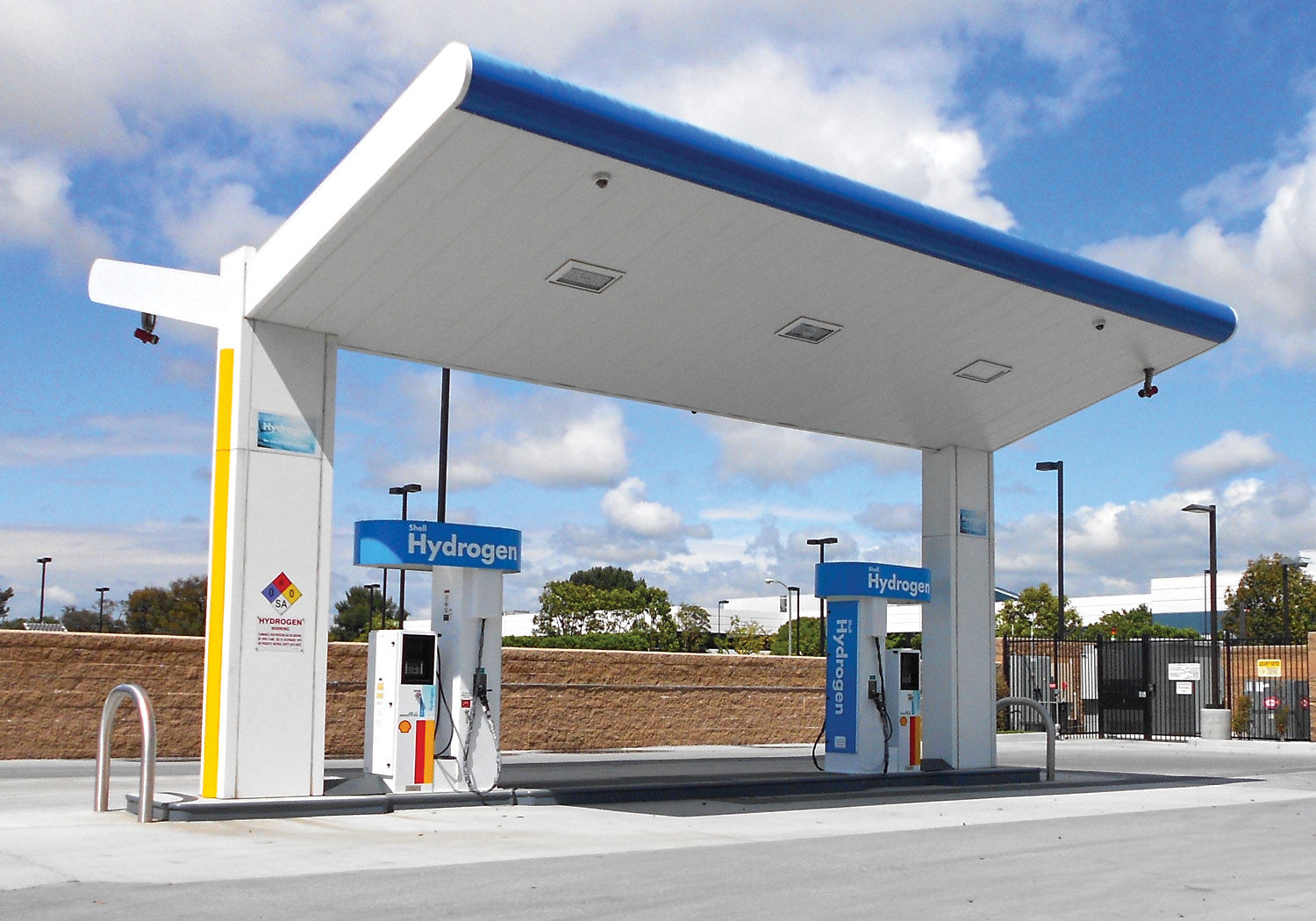
Leave a Reply